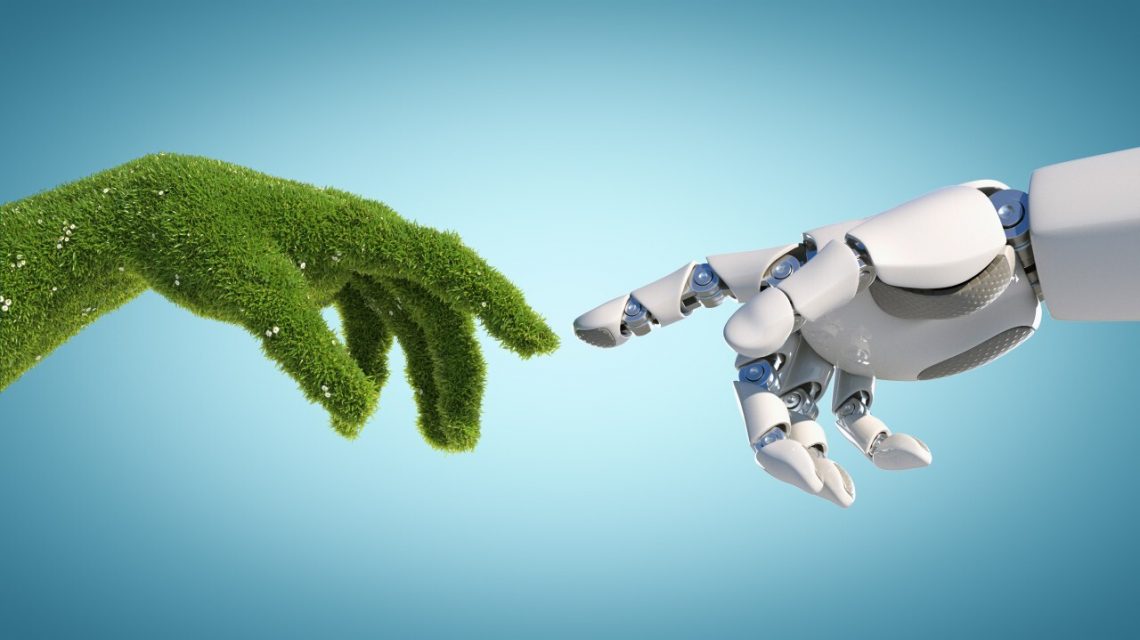
There is no phenomenon that better describes “life imitating art” more than the invention of artificial intelligence (AI) technologies. Though the world is still inching towards mainstreaming autonomous robots and developing ethical and logical AI, the technology has become very prevalent and serves a wide array of purposes to massive consumer base – many of
read more
